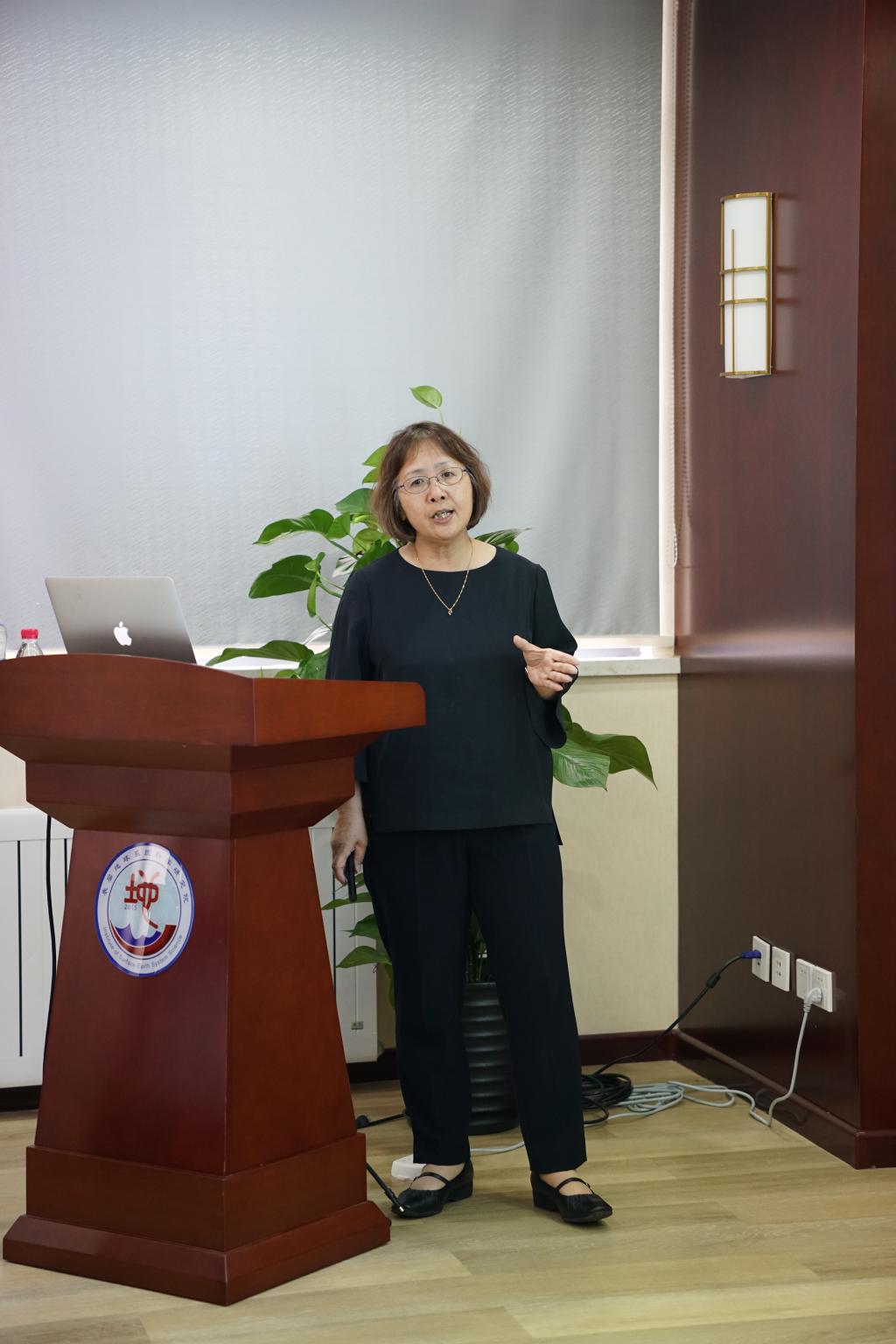
Arsenic and Mercury are toxic and mobile elements in the shallow Earth’s crust. The both elements behaves similarly related to the plate tectonics; i. e., high concentrations of those elements appear in the tectonically active areas of the Earth, such as subduction zones including volcanic fronts and active orogenic belts. However, it is interesting that the mercury occasionally appears at the fore-arc region where no active volcanoes present. In view of the above topics, Professor Harue MASUDA from Osaka City University has given the lecture on 5th July during her visit in the Institute of Surface-Earth System Science of Tianjin University.
Professor MASUDA has described the element characteristics and environmental hazards of arsenic and mercury, as well as the effects of distribution of plates and geological tectonic activities on the concentration distribution and circulation of arsenic and mercury, at the continental margin of the Philippines plate in southwestern Japan. Japan locates at the junction of the Eurasian plate, the Pacific plate and the Philippines plate, and the Philippines plate subducted beneath the Eurasian plate which formed volcanic active belts at the boundary. During volcanic activity, arsenic and mercury in volcanic hydrothermal and volcanic ash will enter the lithosphere and hydrosphere. Because of the similar characteristics of these two elements, their circulation has many overlaps. However, due to the evaporation temperature of mercury being lower than arsenic, hydrothermal fluids of subduction zone will release mercury in advance which can reach the earth surface through a new channel (fractured fragile zone) that differs from arsenic, while arsenic is mainly through volcanic activity to the surface of the earth, which causing different concentrations or distribution in some regions, such as in the west of Japan.